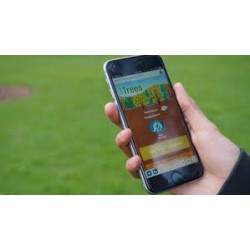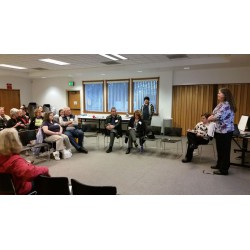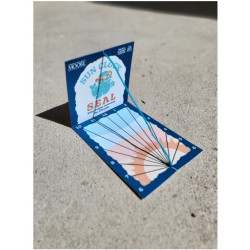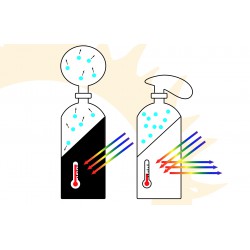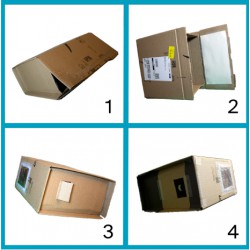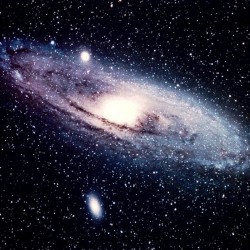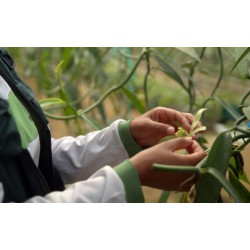Sort
Activities for Adults There are 21 items.
These activities are suitable for all age groups, including adults!
-
Globe Observer: Trees
Tree height is a primary indicator of how well an ecosystem can grow trees. This citizen science toolkit of resources and activities will support your library in collecting data to help scientists learn more about the ecosystems in your community. 0
Check It Out
-
Have the Talk: Climate Conversations
In this learning activity participants practice having conversations about climate change with adults or peers. The activity is based on psychological and social science research. 0
Check It Out
How-to Video -
Make Your Own Sun Clock
In this activity, patrons construct their own Sun Clock – small enough to keep in their pocket – and explore how to orient their clocks correctly for them to function accurately. 0
Check It Out
-
Solar Energy Quick Facilitation Guide
Patrons will be able to see how different colored objects passively absorb sunlight at different rates. It’s easy to set up! 0
Check It Out
-
Guide to Building Solar Eclipse Viewers
Patrons build a safe eclipse viewer using a cereal box and foil. This is an indirect way of viewing the sun using a projection casted by the viewer. 0
Check It Out
-
NASA's Space Jam
Learners with no prior coding experience can explore how to use computers to create and animate solar systems and then use them as a musical instrument! This scaffolded set of activities allow participants to use computer science to understand our universe and to create music based on astronomical data. 0
Check It Out
-
Juegos de Clasificación: ¿Qué tan grande? ¿Qué tan...
Esta Guía de actividades de NASA@ My Library ayudará al personal de la biblioteca a facilitar estas actividades de clasificación en grupos grandes o pequeños, con usuarios desde preescolar hasta adultos. 0
Check It Out
How-to Video -
Guía para construir visores de eclipses solares
Los patrocinadores construyen un visor de eclipses seguro utilizando una caja de cereal y papel de aluminio. Esta es una forma indirecta de ver el sol mediante una proyección emitida por el espectador. 0
Check It Out
-
Bioblitz at the Library: Celebrating Biodiversity
Invite your community on a walk around the library’s outdoor spaces to record observations of the plants and animals. Turn this into a community science project by submitting the observations to the free app, iNaturalist. The data will be used to inform biologists how to best protect and restore an ecosystem. 0
Check It Out



